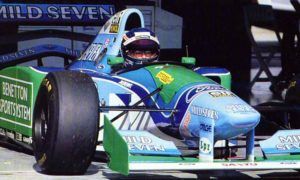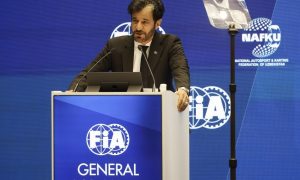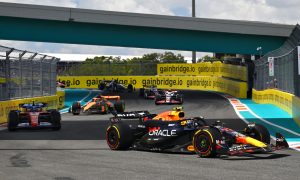
The FIA has confirmed that no changes will be made to its current front wing flexibility tests in Formula 1, despite the controversies that emerged during the 2024 season.
Nikolas Tombazis, the FIA's head of single-seater matters, addressed the topic, explaining the governing body's stance while highlighting the technical complexities involved in designing universal tests for front wing flexing.
Formula 1 witnessed a minor tempest this year concerning the flexibility of front wings.
The issue came to prominence mid-season, following queries from Ferrari and Red Bull regarding the legality of front wings on rival cars – primarily those of McLaren and Mercedes.
These teams were suspected of exploiting aerodynamic flexibility in their wing designs, which could provide a competitive advantage under certain conditions.
In response, the FIA installed monitoring cameras on all cars starting from the Belgian Grand Prix, not to immediately amend the regulations, but as part of a broader investigation into the behavior of front wings.
However, the governing body ultimately concluded that the McLaren and Mercedes wings were compliant with existing rules, as they successfully passed the prescribed flex tests.
Challenges in Standardizing Front Wing Flex Tests
Tombazis shed light on the difficulties in implementing more robust or universally applicable tests for front wing flexibility, citing the highly varied aerodynamic loads experienced by cars across the grid.
“We are pretty happy with what we've seen,” stated the FIA official. “I have to say that it's not a question always of being happy or not. It's also a question of whether you feel that a meaningful test can be made.”
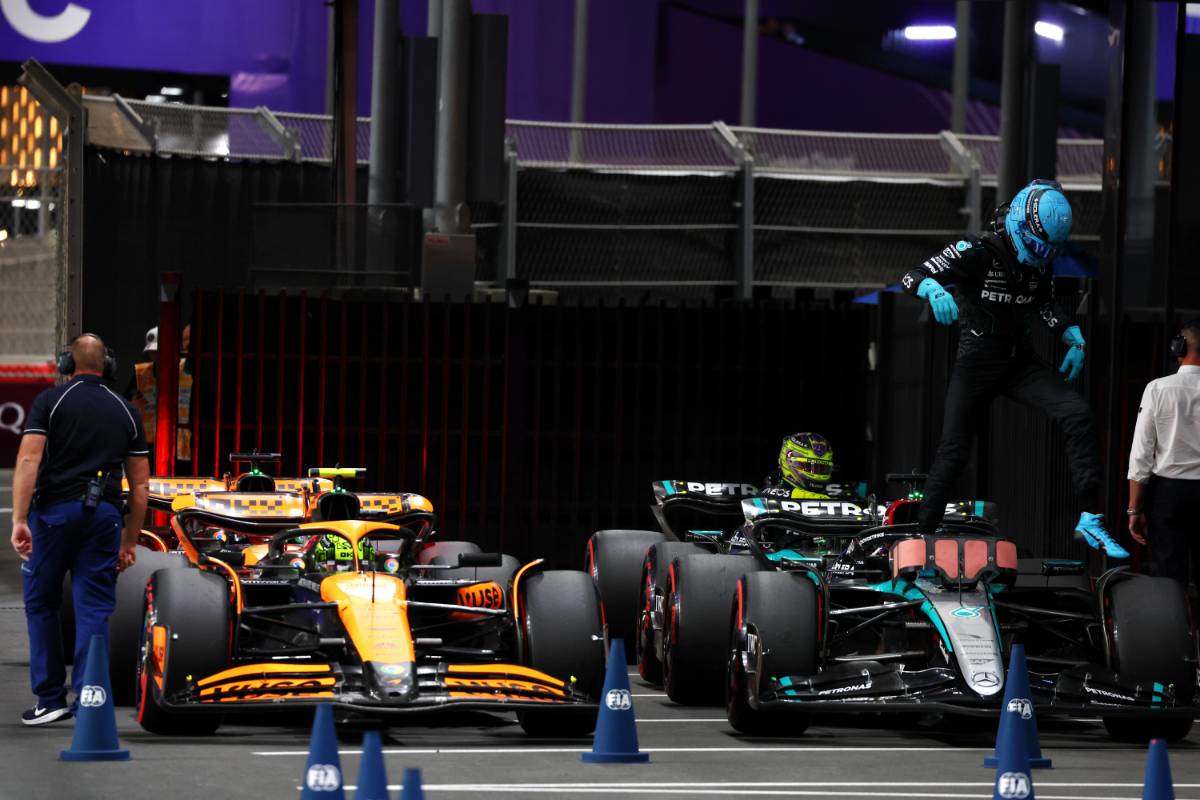
The core problem is the significant variation in front wing design and loading.
Traditional tests, which involve applying a specific load in a specific direction, work well for other parts of the car.
However, replicating real-world conditions for front wings proves more complex due to the design diversity.
“One of the challenges in the front wing is that, compared to other parts of the car, the front wing loading is much more varied between cars in a given location and so on,” Tombazis told Motorsport.com.
“So most tests relate to the load of a certain direction, certain position of application, [and a] certain magnitude must not produce a [certain] deformation.
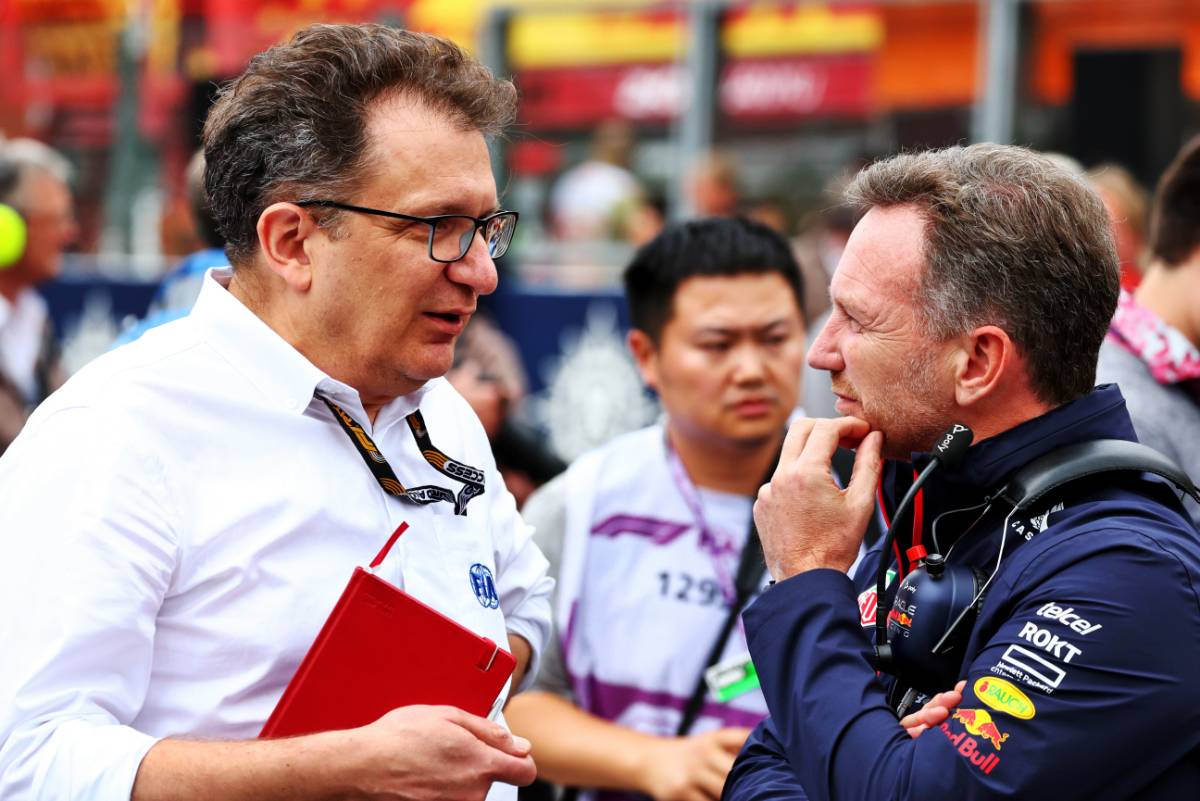
FIA head of single-seater matters Nikolas Tombazis with Red Bull team boss Christian Horner.
“The most successful such tests imitate as much as possible what happens in real life with loads and, on the earlier wing for example, it's reasonably successful.
“On the front wing, the variety between cars would make that quite difficult.”
The FIA introduced its current tests alongside the 2022 regulations, and Tombazis confirmed they will not adjust them for 2025.
A Precedent of Consistency
The FIA's decision to hold its ground on front wing regulations reflects its commitment to consistency, even amid pressure from teams.
Ferrari and Red Bull, while raising concerns about the designs of their competitors, are believed to have started developing their own versions of flexing front wings during 2024.
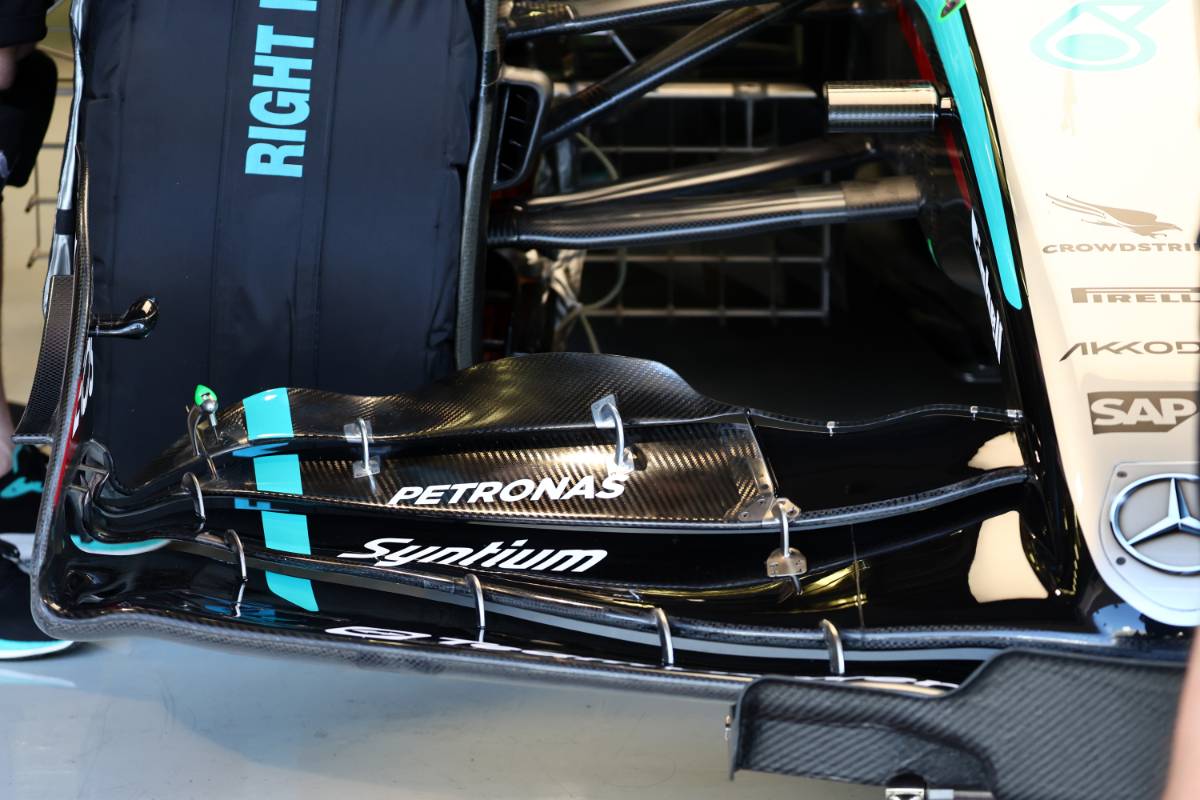
"Obviously, there was a lot of hoo-hah about it during the summer and early autumn," Tombazis said.
“We had made it quite clear to teams since 2022 at least, that we were not planning to introduce any further tests on the front wing and we were stuck to that.”
The FIA's consistent approach provides clarity for teams, ensuring that resources are not wasted on chasing moving targets.
At the same time, it underscores the governing body's challenge in balancing technological innovation with fair competition.
While the FIA has ruled out immediate changes to its front wing testing protocols, its ongoing analysis of aerodynamic behavior will inform future regulations.
The monitoring cameras deployed during the second half of the 2024 season could provide valuable data, shaping a more nuanced approach to flexing components in subsequent years.
Keep up to date with all the F1 news via Facebook and



